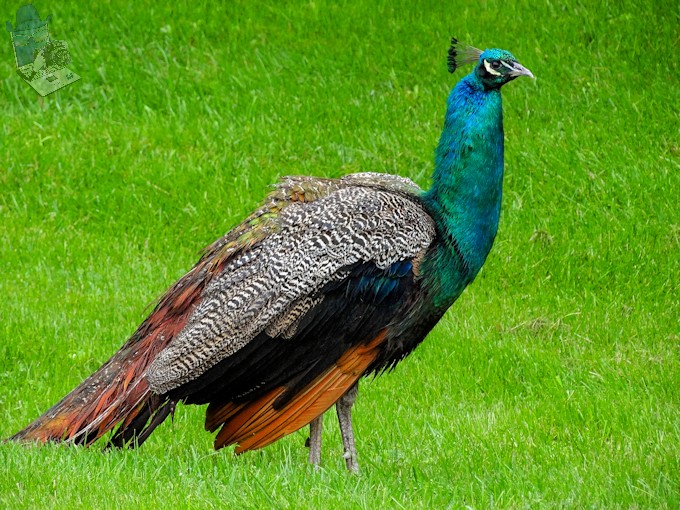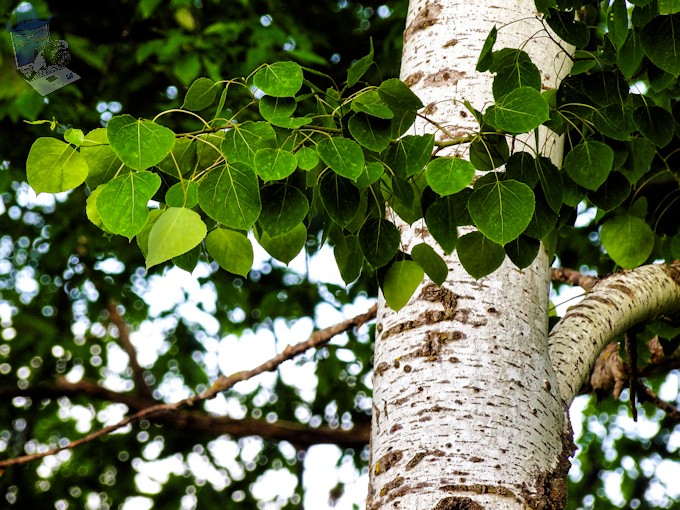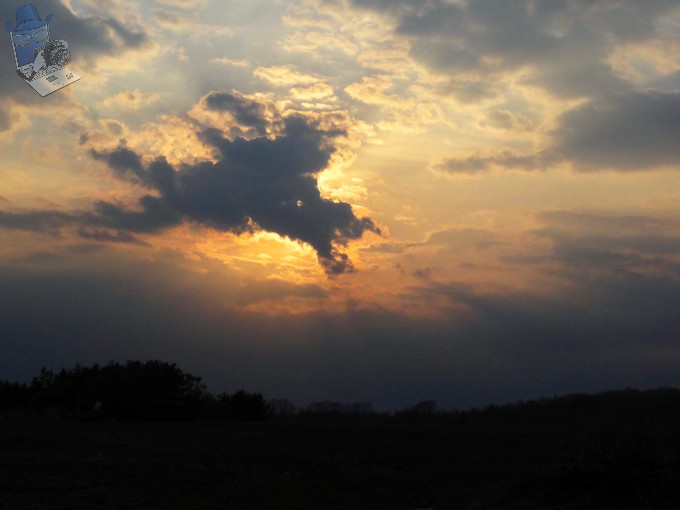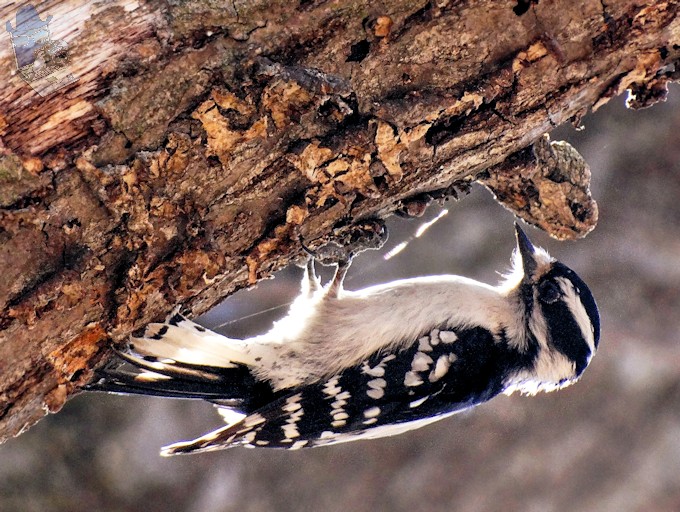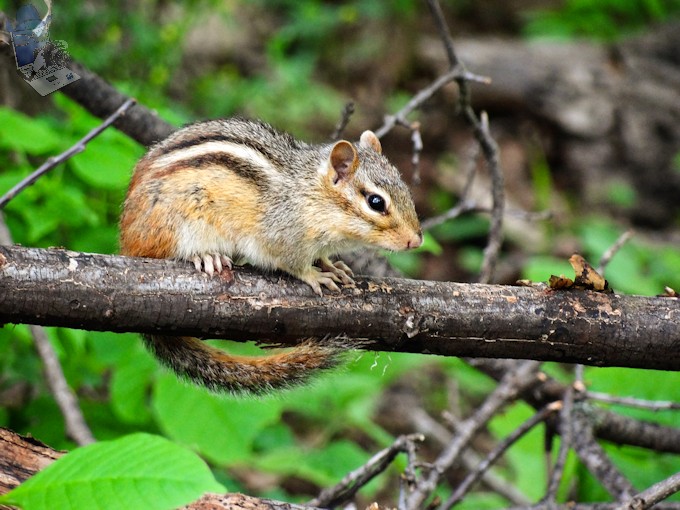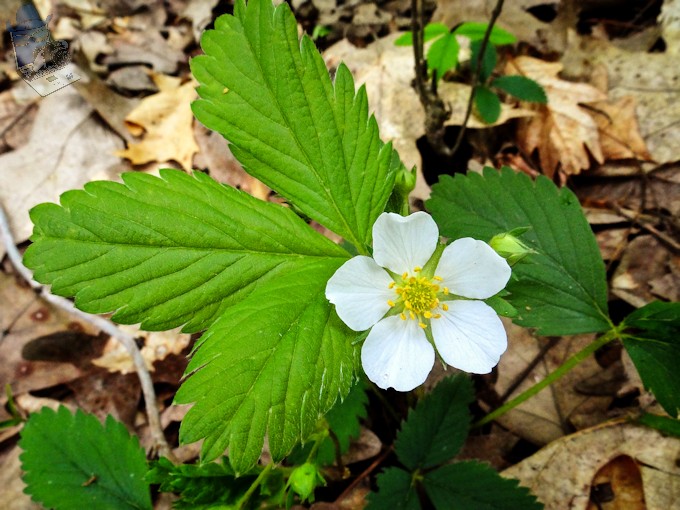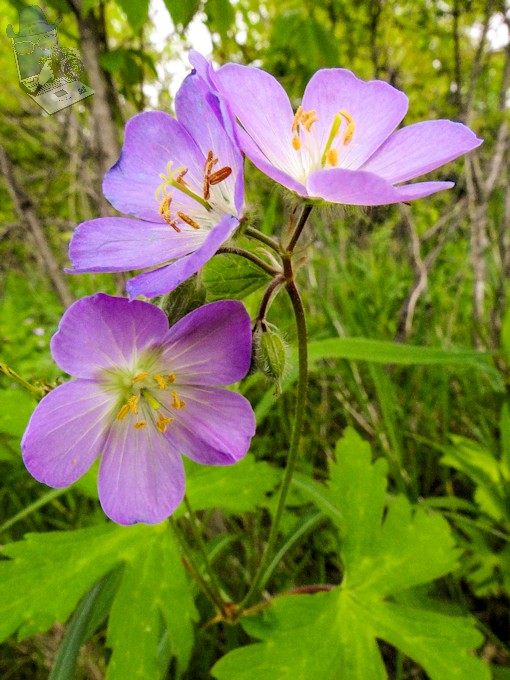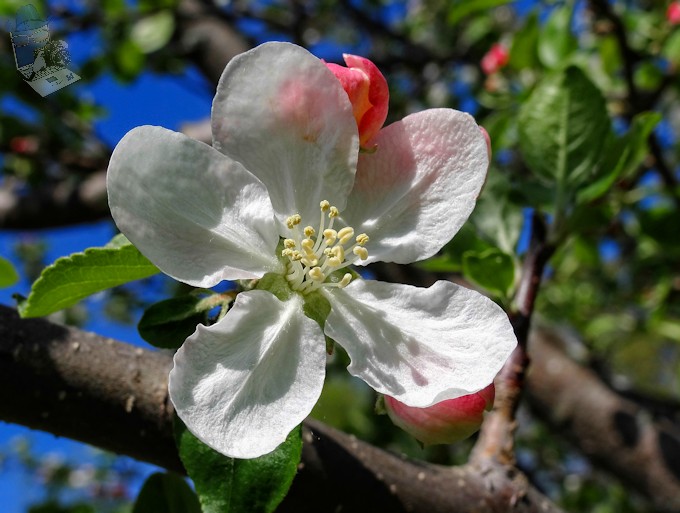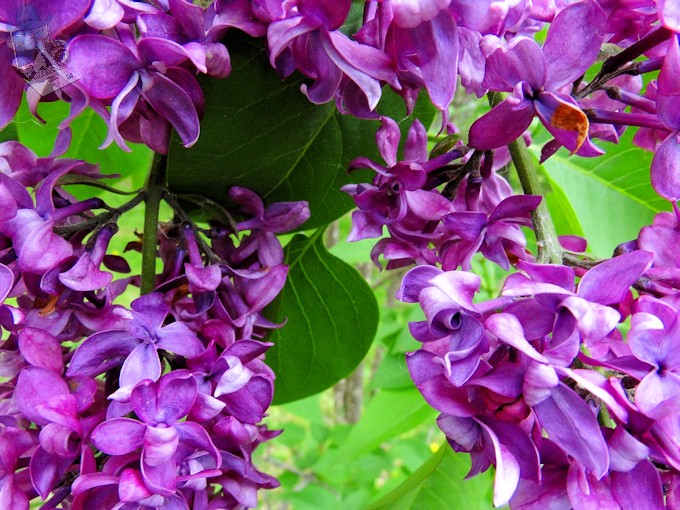It was nice to spot both the Redheaded Woodpecker and the Pileated Woodpecker today since they aren’t not regulars to the bird feeders but what I didn’t expect to see outside was a peacock. It was trying to get into my basement and it probably wished it succeeded as now it is hiding under the pine tree because of the rain shower.
The Indian Peafowl or Blue Peafowl (Pavo cristatus) is a large and brightly colored bird of the pheasant family native to South Asia, but introduced and semi-feral in many other parts of the world. The species was first named and described by Linnaeus in 1758.
Technically, only males are peacocks. Females are peahens, and together, they are called peafowl. Peacocks are ground-feeders that eat insects, plants, and small creatures.
Peahens often choose males for the quality of their trains — the quantity, size, and distribution of the colorful eye-spots. Experiments show that offspring of males with more eye-spots are bigger at birth and better at surviving in the wild than offspring of birds with fewer eye-spots.
Indian Peafowl
